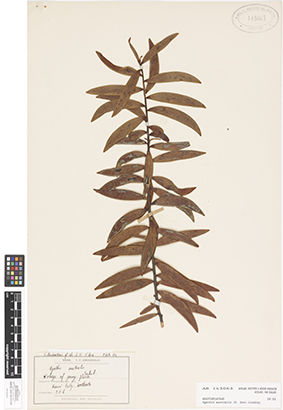'A coherent and synonymised checklist of names enables the integration of studies from disparate sources, further enriching our understanding of the world’s biodiversity.'
Source: http://www.catalogueoflife.org/content/about#2
Source: http://www.catalogueoflife.org/content/about#2
| I have settled in to my residency space at the Waygood Foundation in Piha. It’s not hard to feel connected to nature here. I’m in a small dwelling nestled in among old Pohutukawa trees (Metrosideros Excelsa) with a distant view of the ocean from the lengthy wrap-around balcony. As well as picking produce from the rambling gardens - choosing from edible weeds, herbs, vegetables and some fruit, I can thoughtfully contribute to the worm farm and composting while I stay. I’ve begun thinking about how to put information and media together into something that makes ‘art’ sense. I’ll be spending time on the laptop making digital negatives, indulging in a bit of plant collecting, photographing the landscape at large and in detail and I also need to think about how I want to combining printed Monotypes with an alternative photographic process. Yesterday I visited the Auckland Museum for a one-on-one well guided tour through some of the Natural Sciences’ specimen collections, that are kept in large part for research study. When Auckland Museum was first established it would only open one day a week, now the Herbarium itself gains an additional 5000 plant specimens a year and 3000 new insects are added too. The room to store everything is diminishing - there are cabinets and storage closets in the hallways. Fewer bird samples are processed each year as no active collecting has been allowed for many decades. There is amazing variety in the way things are prepared for storage - taxidermied, freeze dried, pressed, aired and soaked. There is also wide variation in how they are finally stored - wet in alcohol, mounted on acid-free pages, in open cabinet trays, under glass in boxes, under glass domes, standing mounts, wall mounted and in acid free cardboard boxes. Not many of the processing and storage methods have changed a lot since the late 1800’s, but the ability to control humidity and temperature has helped to preserve the life of most of the pieces. Many items in the Museum's bird and insect collection should last hundreds of years. This lengthy amount of time helps to study species change. Some of the collections have been re-numbered 10+ times and not all collections use the same numbering systems, which can be problematic. There are specimens that have missing data making them useless for serious study. But they do make good pass-around items for curious kids. I have to give credit to the Auckland Museum’s collections and staff for providing me with a huge amount of material that I can use. They are currently working hard to digitize both the records and images of every specimen kept. That’s a lot of work. If you’re keen to look at the collections online, be prepared to learn your Latin names to find what you’re after. | The cicadas sing all day The view from my balcony south over the tree tops Agathis Australis (Kauri foliage). Collected from Kauri Gully, Northcote by Thomas Cheeseman, who in 1874 was appointed Secretary of the Auckland Institute and Curator of the recently founded Auckland Museum Study skins of Anthus Novaezealandiae, one example was collected March 1887 |




 RSS Feed
RSS Feed